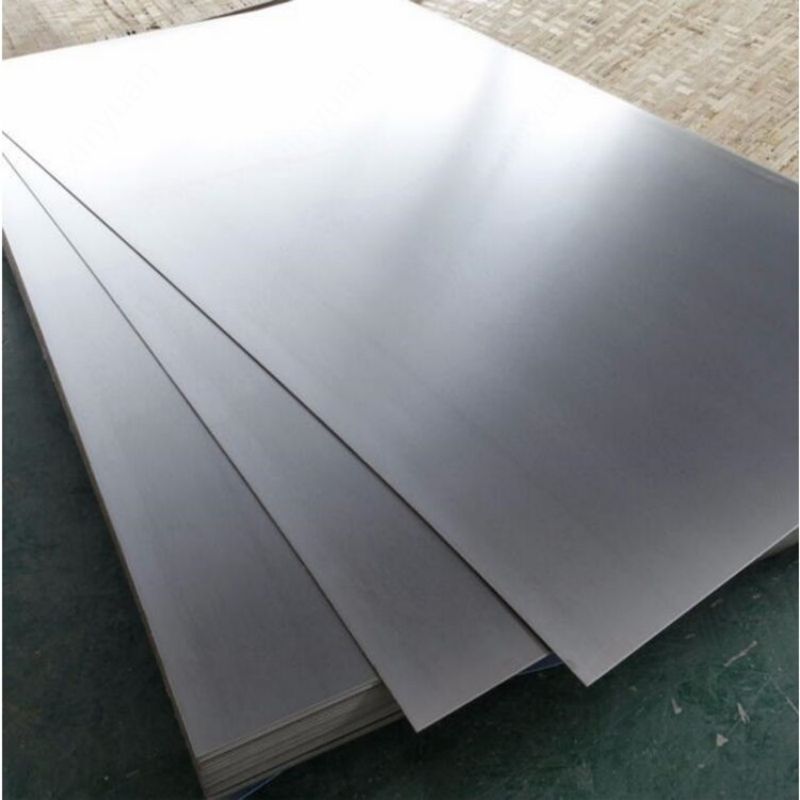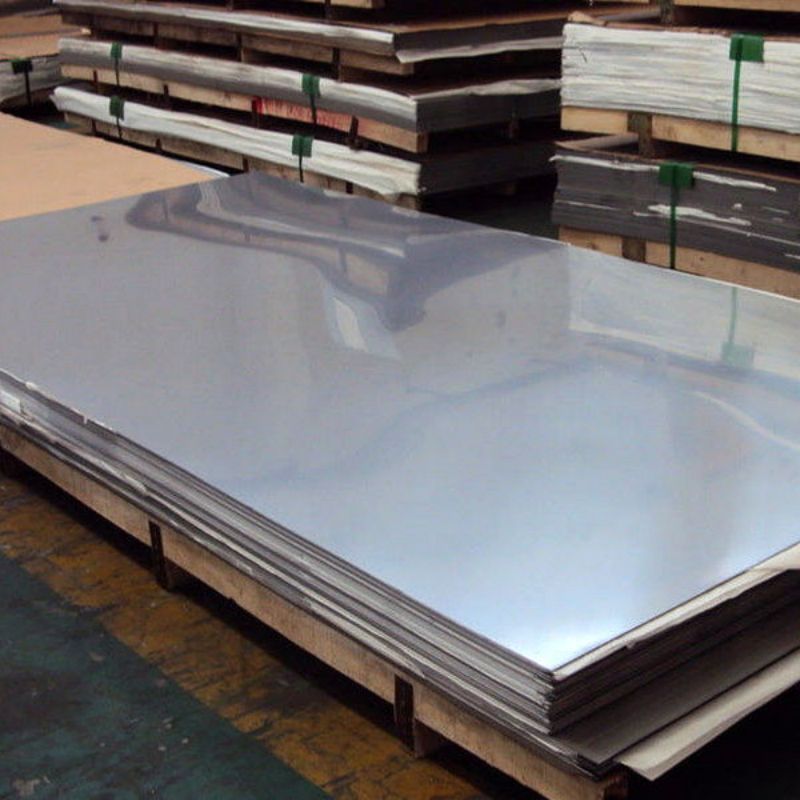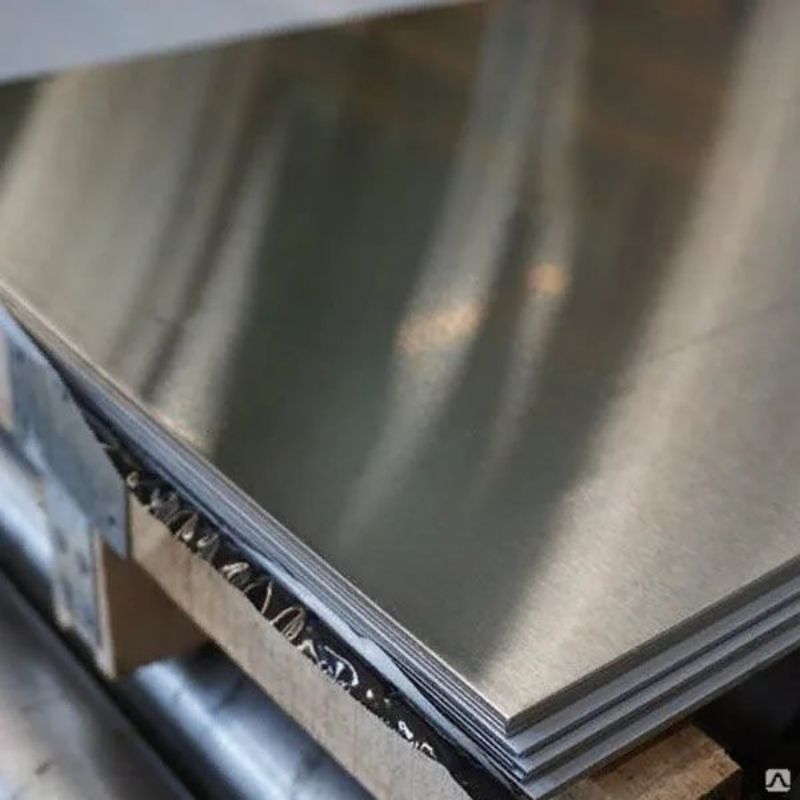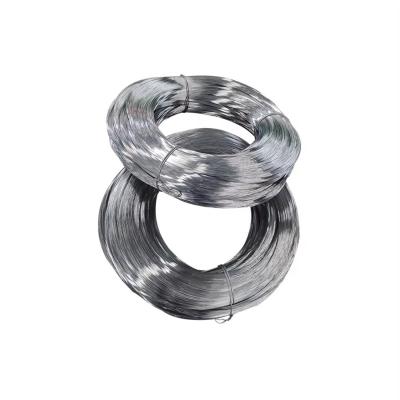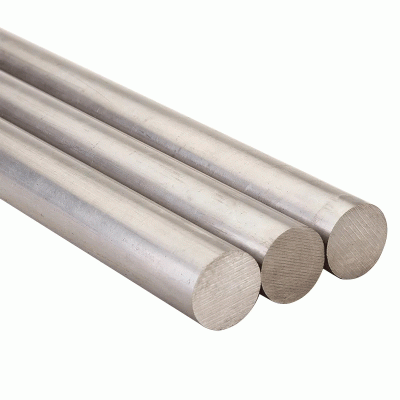High Strength Cold Rolled Coil Plate 0.1mm Thickness AISI SUS 630 631 Inox Stainless Steel Sheet
304 is a variation of the basic 18-8 grade, Type 302, with a higher chromium and lower carbon content. Lower carbon minimizes chromium carbide precipitation due to welding and its susceptibility to intergranular corrosion. In many instances, it can be used in the ”as-welded“ condition, while Type 302 must be annealed in order to retain adequate corrosion resistance. Type 304L is an extra low-carbon variation of Type 304 with a 0.03% maximum carbon content that eliminates carbide precipitation due to welding. As a result, this alloy can be used in the ”as-welded“ condition, even in severe corrosive conditions. It often eliminates the necessity of annealing weldments except for applications specifying stress relief. It has slightly lower mechanical properties than Type 304. Typical uses include architectural moldings and trim, kitchen equipment, welded components of chemical, textile, paper, pharmaceutical and chemical industry processing equipment.
304 and 304L have very good drawability. Their combination of low yield strength and high elongation permits successful forming of complex shapes. However, these grades work harden rapidly. To relieve stresses pro- duced in severe forming or spinning, parts should be full annealed or stress- relief annealed as soon as possible after forming.
Due to national power restrictions and different steel specifications, the price will vary accordingly. Please contact us for immediate price consultation.
Our Promise:
1.Give the most competitive price: 1800$-2000$
2. ISO certified excellent manufacturer
3. Third party inspection: SGS, CE, etc
4. Sufficient inventory,Fast delivery
5. long price validity
6.Professional and perfect after-sales support team
Related News
Submitted successfully
We will contact you as soon as possible

